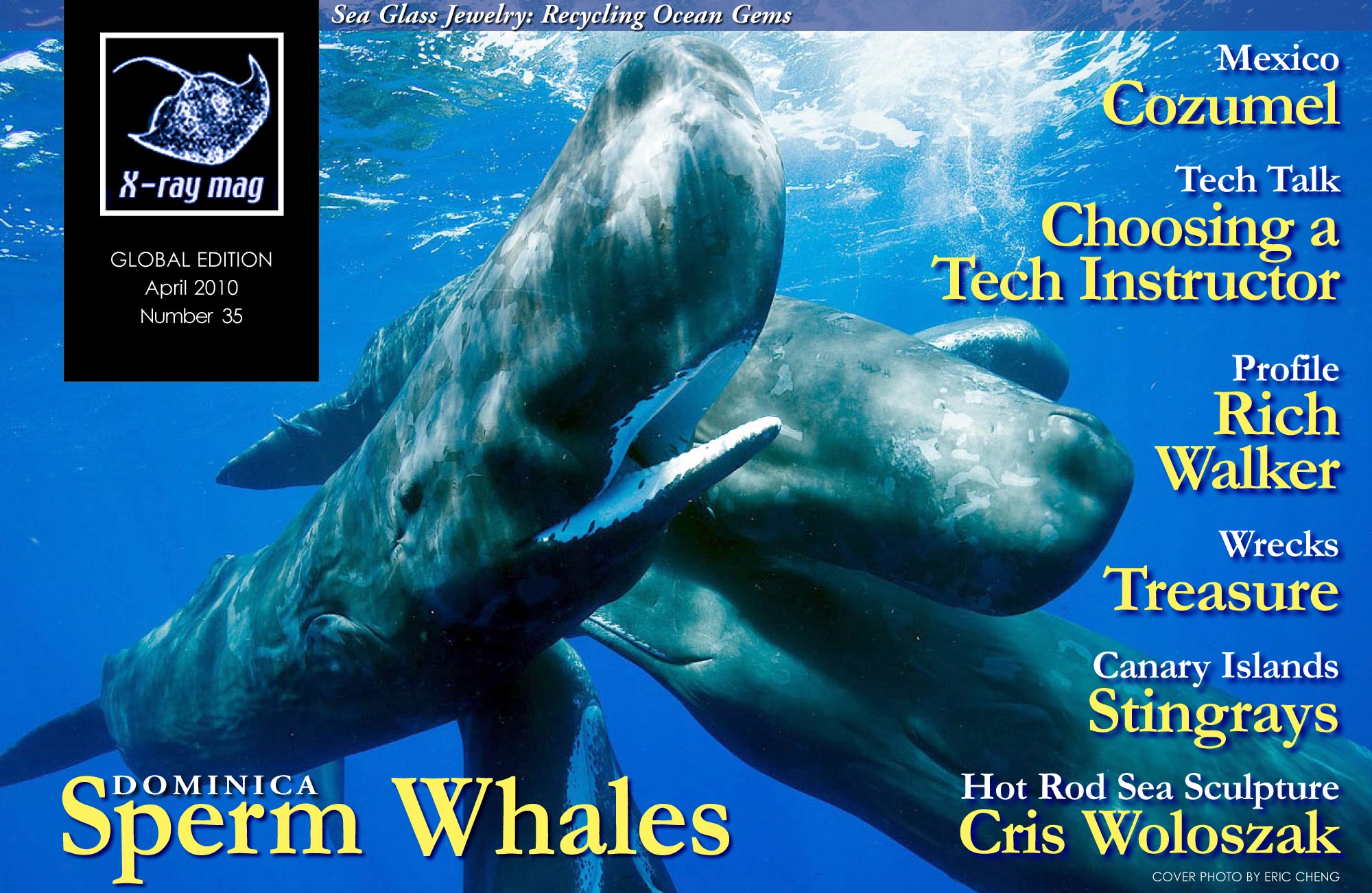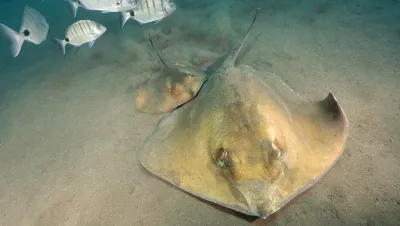As I have grown to be an experienced diver, my standard for choosing an instructor to train or mentor under, has also evolved. When I signed up for my first scuba class, it really didn’t make any difference to me who was going to teach it. The excitement of learning to breathe underwater was the only thing that mattered.
As it turned out, my instructor was a past Executive Director of NAUI and an ex-Navy Seal. It wasn’t until I had some real diving experience to compare my skills to, that I really began to appreciate how well trained I was, and how a good instructor can make all the difference in the world.




